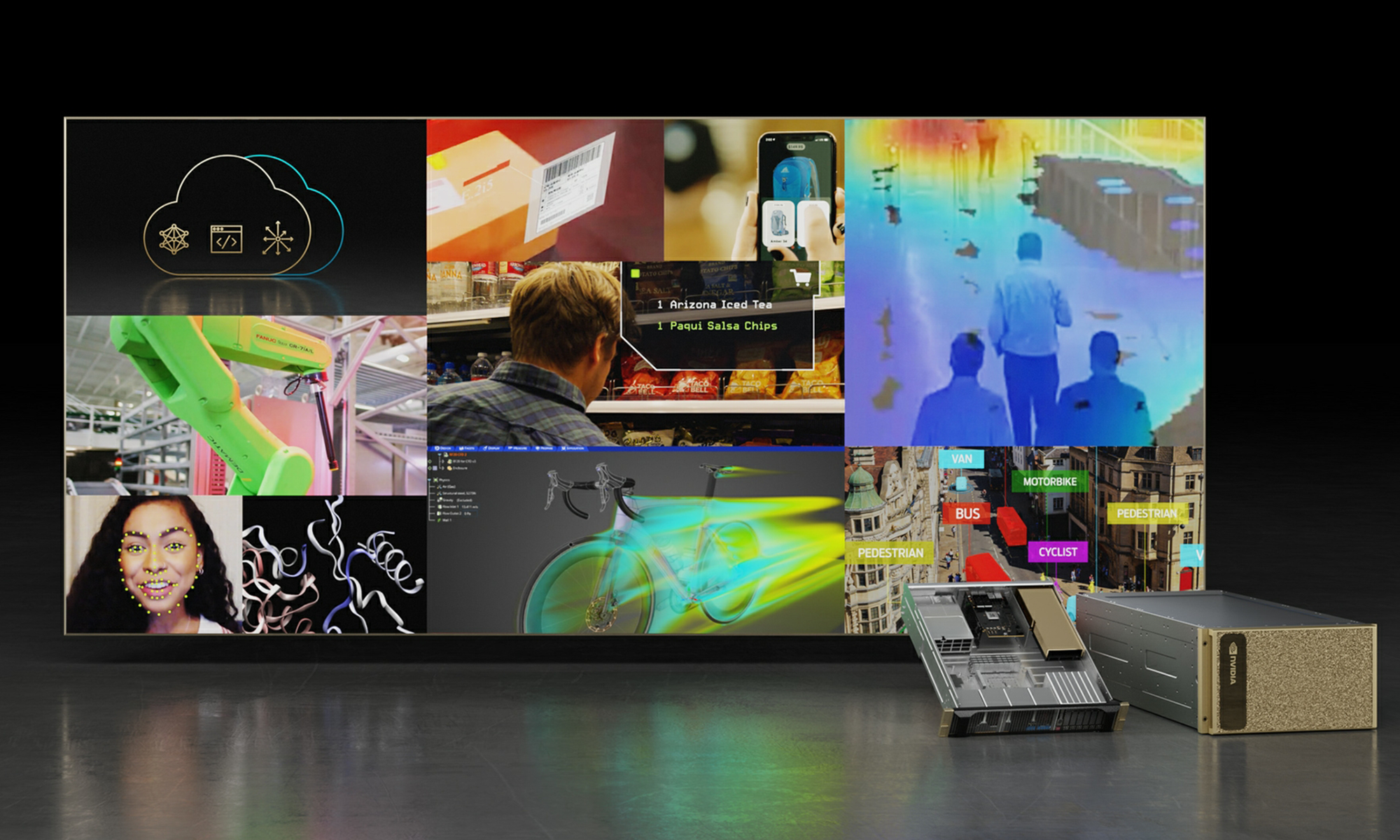On Thursday, chip maker NVIDIA (NVDA 2.23%) reported mixed Q2 results along with a softer-than-expected outlook. Revenue came in just above the guidance midpoint at $977 million and GAAP EPS of $0.16 beat the average analyst estimate of $0.13.
However, NVIDIA posted year-over-year declines for both measures, after earning $0.19 per share on revenue of $1.044 billion in last year's second quarter. Moreover, NVIDIA projected that revenue will rise only moderately next quarter, to approximately $1.05 billion, below expectations.
NVIDIA's outlook -- and to a lesser extent, its Q2 results -- were disappointing. As a shareholder, I can't help but be concerned about the company's outlook. NVIDIA has invested billions of dollars over the last five years or so to diversify its business beyond PC graphics, yet these initiatives have achieved limited success thus far.
That said, CEO Jen-Hsun Huang makes a compelling case that NVIDIA could be on the verge of multiple breakthroughs with its upcoming products. The company's 2013 performance may not be representative of its long-term potential, because key products like the Tegra 4i integrated mobile processor, the GRID cloud-based GPUs, and the Kepler mobile GPU are just starting to go to market. As a result, I will give NVIDIA one more year to show progress, and other shareholders should consider doing likewise.
A big bump in the road for Tegra
NVIDIA's Tegra mobile processor probably represents the company's biggest long-term growth opportunity. Tegra sales for smartphones and tablets reached $360 million in FY12 and $541 million in FY13. Meanwhile, automotive and embedded applications have become an increasingly important market for Tegra. Revenue from the automotive segment alone is expected to reach $450 million annually by FY16 based on NVIDIA's current design wins.
However, sales have not grown according to plan this year. First, Microsoft's (MSFT 0.11%) Surface RT tablet was a big design win for NVIDIA last year; Tegra was also incorporated into many other Windows RT tablet designs. Unfortunately, Windows RT has been a flop in the tablet market. Indeed, Microsoft had to take a $900 million charge last quarter to write down Surface RT inventory that it could not sell at full price.
Second, NVIDIA lost its biggest design win of 2012 this year, as Google (GOOG 0.78%) opted for a Qualcomm (QCOM 0.39%) processor in its second-generation Nexus 7 tablet. Third, NVIDIA's Tegra 4 processor fell behind schedule, apparently because the company decided to prioritize development of the upcoming Tegra 4i and Tegra 5 processors instead. This delay may have caused NVIDIA to lose design wins.
As a result, NVIDIA revised its FY14 Tegra sales forecast last week. Management finally admitted that it would be "challenging" to hold Tegra revenue flat compared to last year. In fact, on the conference call, Huang stated that total Tegra sales were around $750 million last year, and will probably be $200-$300 million lower this year.
Hope springs eternal
The good thing for NVIDIA shareholders is that the company's GPU business has remained strong, contrary to bears' fears. Gross margin hit a record high last quarter, and NVIDIA expects to maintain gross margin at the same level in the current quarter. Moreover, GPU segment revenue is still growing.
Bulls -- including myself -- also expect some of NVIDIA's new initiatives to pay off in 2014. The Tegra 4i system-on-a-chip, which integrates a modem, gives NVIDIA a better opportunity to compete with market leader Qualcomm for smartphone design wins. Moreover, the Tegra 5 chip (expected in early 2014) will offer significant performance improvements, particularly due to the integration of a super-efficient GPU based on the Kepler architecture.
NVIDIA's move to license its Kepler GPUs to other chip makers opens up a new revenue opportunity from major mobile players like Apple (AAPL 0.17%) and Samsung that design their own processors. Finally, the GRID cloud-based GPU business could become more material to NVIDIA's financials by next year, providing an additional growth driver.
Don't give up now
As we have seen, NVIDIA is going through a rough patch. Its massive investments in the Tegra line of mobile processors have not really paid off yet. This is demonstrated by the significant revenue decline expected this year.
However, NVIDIA has a lot of irons in the fire. There is no guarantee that any one of the company's main growth drivers -- Tegra 4i, Tegra 5, GRID, and Kepler GPU licensing -- will pan out. In fact, it's likely that at least one of these initiatives will be a bust. However, with so many promising projects, it would be a mistake to give up on NVIDIA now.
Accordingly, I am giving NVIDIA one more year to turn the ship around. The arrival of Tegra 4i and Tegra 5 in the first half of 2014 gives NVIDIA its best chance yet to gain ground on Qualcomm in the mobile processor market. The company will also have plenty of opportunities to market its GRID GPUs and Kepler graphics IP in the next year. However, if NVIDIA cannot manage to capitalize on any of these opportunities by this time in 2014, shareholders should probably take their money elsewhere.








